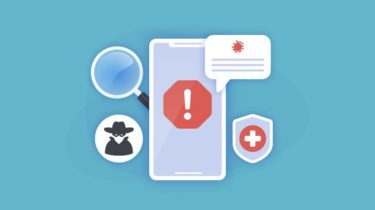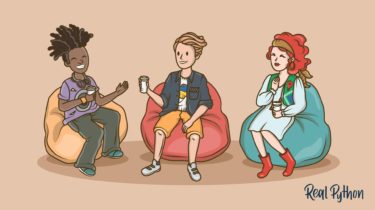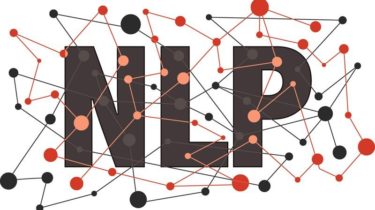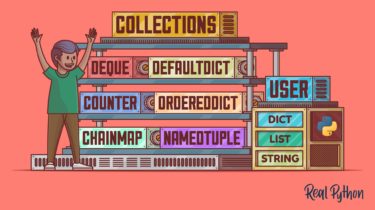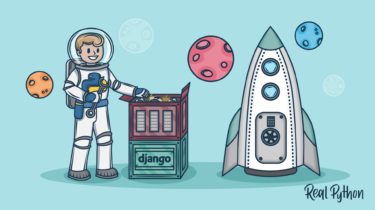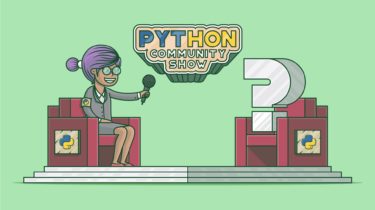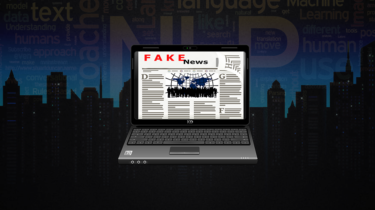Spam Detection – An application of Deep Learning
This article was published as a part of the Data Science Blogathon What each big tech company wants is the Security and Safety of its customers. By detecting spam alerts in emails and messages, they want to secure their network and enhance the trust of their customers. The official messaging app of Apple and the official chatting app of Google i.e Gmail is unbeatable examples of such applications where the process of spam detection and filtering works well to protect users […]
Read more